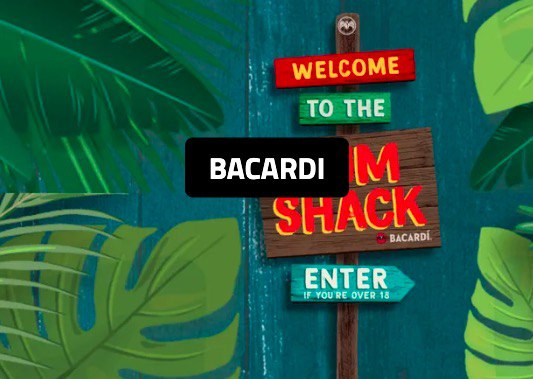In today’s rapidly evolving digital world, the term “Connected Experiences” has become more relevant than ever. Essentially, it refers to a series of interactions that create a cohesive and seamless journey for users. But what does it truly mean, and why is it crucial in our current era?
Definition of Connected Experiences
Connected Experiences can be best described as a synchronised interaction across multiple platforms, devices, and environments that present users with a consistent and integrated experience. This could be anything from using your smartwatch to control the lights in your home, to transitioning from online shopping on your computer to picking up your items in-store without any hiccups. Intriguingly, the term has gained significant traction due to its relationship with Connected Packaging. In essence, Connected Experiences dovetail perfectly with the idea of Connected Packaging, offering consumers a more interactive and immersive journey with products, right from the packaging itself. This correlation highlights the evolving landscape of user engagement and the significance of integrating digital touchpoints with tangible products.
Importance in Modern Times
With the advent of the Internet of Things (IoT), Artificial Intelligence (AI), and increasing digital integration, users have come to expect more seamless interactions in their daily activities. A break in this interaction can disrupt the user’s journey and can result in lost opportunities for businesses. Thus, delivering flawless, interconnected experiences has become a top priority for companies worldwide.
Examples of Connected Experiences
Retail: Brands are using connected experiences to blend online shopping with offline experiences. For instance, a user might order a product online and get real-time updates on their mobile device about its in-store availability.
Connected Packaging: A standout example in the retail space is the use of Connected Packaging. This involves integrating QR codes, NFC chips, or other digital triggers into the packaging of products. When consumers scan or interact with these, they’re immediately connected to a digital experience, like a promotional video, user manual, or even loyalty rewards.
To learn more about Connected Packaging, please see Exploring the Power of Connected Packaging: Smart Solutions and Examples.
Bacardi & Appetite Creative’s Connected Experience

Challenge: Appetite Creative was tasked with a unique challenge for Bacardi: highlight the fun of Bacardi and cultivate an association between the brand and memorable experiences, emphasising its versatility.
Solution and Results: Leveraging Bacardi’s unique branding, Appetite Creative devised an app that went beyond the norm, offering both fun and functionality. Features like personality tests found users their ideal Bacardi mix, while the “fact of the day” kept them intrigued. The standout, however, was the Rum Roulette, where users could win a Bacardi bottle or mojito vouchers. With a GDPR compliant platform, data capture was seamless, recording locations, email addresses, and more. Users returned on average twice, maintaining an impressive two and a half minute session each time. Through this approach, the brand not only distributed 12 rum bottles and over 900 mojitos, but also amplified Bacardi’s reputation as a centerpiece of fun.
Challenges & Solutions
Creating a truly connected experience isn’t without its challenges. Issues like data privacy concerns, technical glitches, and siloed departments can hinder the smooth transition of data and user experience. However, with proper data management, robust cross-platform technology solutions, and a clear understanding of user needs, these hurdles can be surmounted.
Conclusion
Connected Experiences are not just a buzzword; they are the future of how businesses and users will interact in an increasingly digital world. By embracing these experiences, businesses can create more meaningful and efficient interactions for their customers, ultimately driving growth and innovation in an interconnected age.
Visit Appetite Creative’s Blog for more of such content!
